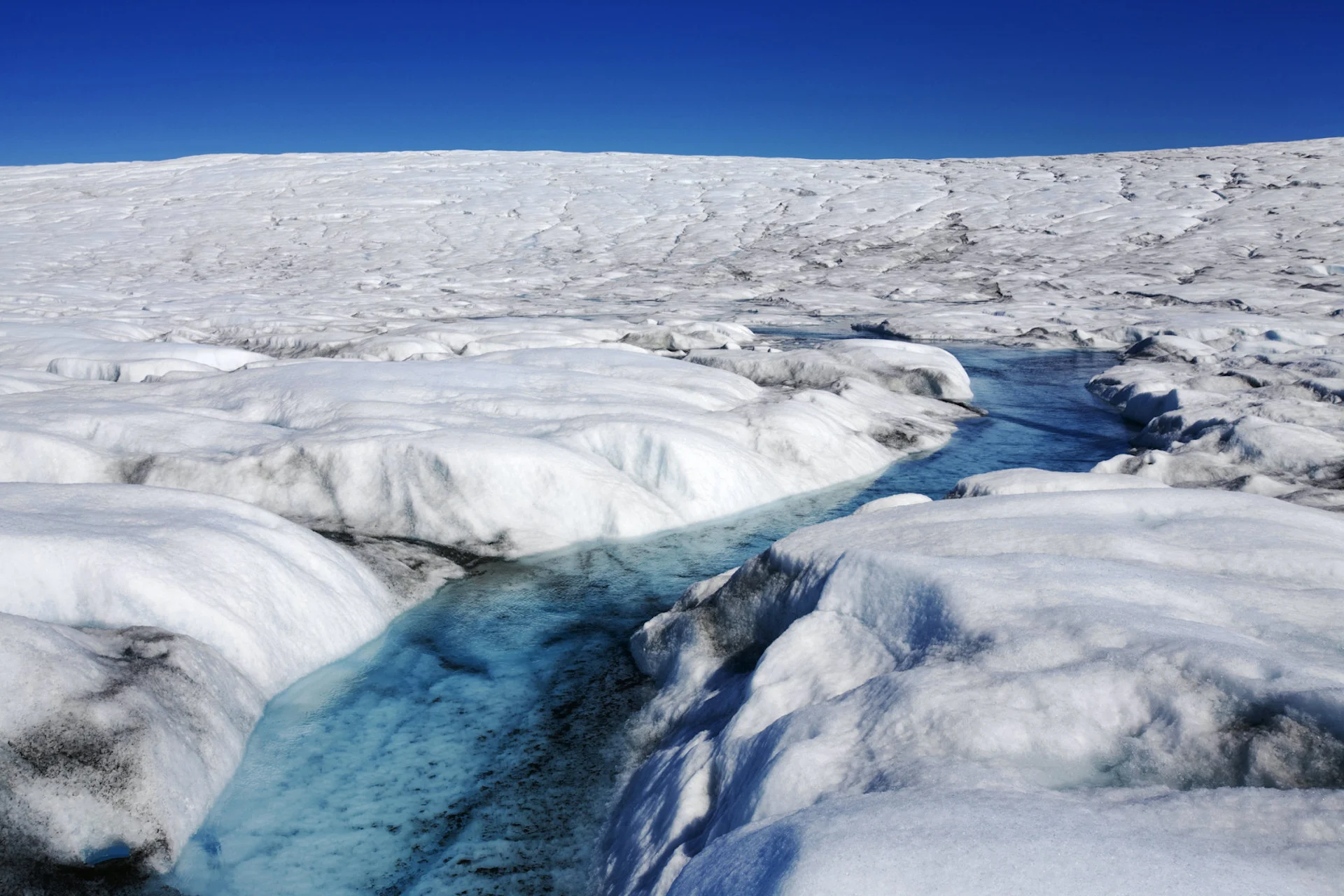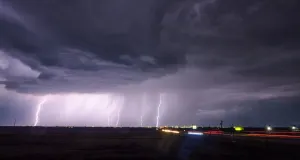
Report marks Arctic's warmest summer, highlights change in Northern Canada
Canada's North has been smashing warm weather records lately, and a new report says this past summer was also the warmest on record across the Arctic.
The Arctic Report Card, released annually by the National Oceanic and Atmospheric Administration (NOAA) in the U.S., documents the latest in "well-established" trends of Arctic change, according to Rick Thoman, the report's lead editor. He's also one of 82 authors from 13 countries who contributed to the report.
The report features Canada prominently; many of its key highlights, which paint a picture of what conditions in the Arctic have been like, are related to the Canadian North.
DON'T MISS: How the fastest-warming place on Earth copes with rapid glacial melt
Snow pack across the North American Arctic was high in the spring, but it melted early in the N.W.T. and western parts of Nunavut, the report said.
Thoman, who is a climate specialist with the University of Fairbanks Alaska, said the Mackenzie River was like a "fire hose of warm water all summer long" into the Beaufort Sea, jump-starting sea ice melt.
Populations of chinook salmon in the Yukon River were extremely low (the second-smallest run on record), causing "severe economic and cultural impacts" — as did record-high numbers of sockeye salmon in Alaska, the report said.
Though it happened after the scope of the report was decided, a section was also added about the N.W.T.'s historic 2023 wildfire season — which burned more than 4.1 million hectares of land, the largest area burned in a 44-year record.

(David-Merron-Getty Images-998509044)
In other parts of the Arctic, the report also highlighted a large increase in marine algae, a record wet August in Scandinavia, greening tundra in Alaska, and widespread melting on the Greenland Ice Sheet.
According to Thoman, the Arctic Report Card is written for decision-makers in plain language, and can be used as a peer-reviewed reference for people writing grant applications for climate adaptation funding.
Combining traditional and scientific knowledge
Herb Nakimayak, chair of the Fisheries Joint Management Committee in the Inuvialuit Settlement Region and vice president of international affairs for the Inuit Circumpolar Council Canada, said reports like this are worth doing.
What it says about the North correlates with what Nakimayak, also a former N.W.T. MLA, is seeing with his own eyes lately. During a recent trip to Paulatuk, N.W.T., he saw from the aircraft open water and the ocean currents. He said that water is usually frozen by this time of year and people are able to travel across it by snowmobile.

Herb Nakimayak, vice president of international affairs for the Inuit Circumpolar Council Canada, said reports like the Arctic Report Card are worth doing. (Sima Sahar Zerehi/CBC)
Early snow melt compounds spring flooding on the Mackenzie River, which can wreck the habitat of the animals Indigenous people rely on, said Nakimayak. It also makes ice thickness harder to predict, and travel to and from hunting grounds more difficult.
"Reports like this are very useful, and this one, especially coming from NOAA, you know it certainly gets the attention around the world," he said.
The 115-page report includes a 10-page section with observations from Indigenous peoples in northern Alaska, but Nakimayak said he'd like it to include more community voices.
Scientists will visit parts of the North to do research on the land for a month or two, he said, but traditional communities are observing change year-round. Combining the two ways of knowing, he said, is the most effective type of research that can be done.
"Our Arctic is changing so much," said Nakimayak. And documenting that change, he said, is "really important."
WATCH: Hear glaciers pop and crack in the fastest-warming place on the planet
Thumbnail contains image of melting Greenland ice sheet. Courtesy of Ashley Cooper/Corbis/Getty Images.
The article was originally written by Liny Lamberink and published for CBC News.










